A Stitch in Time: Learning to Sew Clothes for Children
September 05 2023 – Lottie & Lysh

How to Sew Children's Clothes: A Joyful Guide for Beginners
The art of sewing is more than just thread and fabric – it's storytelling, slow living, and self-expression stitched into every seam. For many of us, sewing started as a way to unwind. For others, it became the beginning of a business or the seed of a new passion. And when it comes to sewing children's clothes? That’s where the magic really happens.
There’s something so rewarding about creating something wearable for a little one you love. Tiny garments, made with care. Perfect for messy adventures, milestone photos, and hand-me-downs full of stories.
Whether you're brand new to sewing or getting back into it after a long break, here’s your beginner-friendly, slightly cheeky, very real guide to sewing children’s clothes.
1. Gather Your Supplies
You don’t need a fancy studio or a £2,000 sewing machine. But you will need a few basics to get going:
-
Sewing Machine: A straight stitch and zigzag stitch are more than enough to begin. If you're going old-school and sewing by hand, we salute your patience.
-
Fabric: Look for soft, breathable fabrics like cotton, jersey, or linen. Think baby skin. No scratchy synthetics, please.
-
Pattern: Pick something simple to start. Baby leggings, rompers, or t-shirt dresses are great first projects. Don’t overcomplicate it.
-
Thread: Match your fabric, or go bold. Just make sure it’s good quality so you’re not rethreading every 10 seconds.
-
Extras: Fabric scissors, pins or clips, measuring tape, iron, seam ripper (trust us), and a cup of tea... or wine.
2. Choose the Right Pattern and Size
This is so important. Children's sizing is wildly inconsistent across brands, and their proportions aren’t just "mini adult."
Use their actual measurements (waist, chest, height) and compare those with your pattern. Don’t guess based on age – an 18-month-old can easily fit a 2-3Y size if they’re tall or cloth-bummed.
3. Pre-Wash Your Fabric
Skip this step and your beautiful handmade romper might shrink into dolly clothes on first wash.
Pre-washing removes chemicals and pre-shrinks your fabric so your finished piece stays true to size. Follow the care instructions, then dry and press before cutting.
4. Cut and Mark Carefully
Lay your fabric flat. Pin or clip the pattern pieces in place (line up the grainline!), and cut slowly with fabric scissors. Not kitchen scissors. Not craft scissors. Fabric scissors.
Mark any key details like notches or buttonholes with tailor’s chalk or a washable fabric pen.
5. Start Sewing
Follow the pattern step by step. Don’t rush. Make a mistake? That’s what seam rippers are for.
Take it slow. Put on some music or a podcast. Enjoy the process. This isn’t fast fashion. This is mindful, magical making.
6. Press as You Go
Yes, it’s tempting to skip this. No, you shouldn’t. Pressing each seam as you go helps your garment sit better, last longer, and look more polished.
A hot iron is your best friend. (Except when it burns your fingers. Watch out.)
7. Try It On (If You Can)
If the little one is nearby, do a quick fitting before adding final hems or buttons. This saves you from any “uh-oh, it’s too tight on the bum” moments.
No baby around? Try it on a teddy. Or trust the measurements and your instinct. Either way, no judgement.
8. Add the Final Flourishes
Now it’s time for buttons, snaps, topstitching or a handmade label (hello, proud moment).
Check all seams are secure. Clip any stray threads. Give it one final press. And most importantly?
Admire what you made.
Because it’s more than just clothing. It’s love in every stitch.
Whether you’re making your baby’s first birthday outfit or stitching up a stash of comfy rompers, sewing children’s clothes is a beautiful way to create connection, joy and comfort – all with your own two hands.
So go on. Get stuck in. And if you ever need inspiration, ideas, or just someone who gets it... we’re always here.


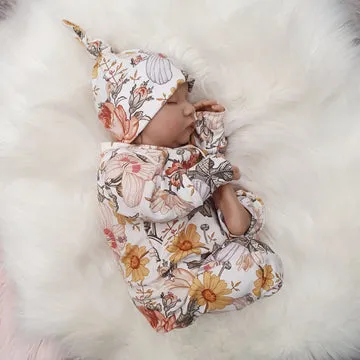
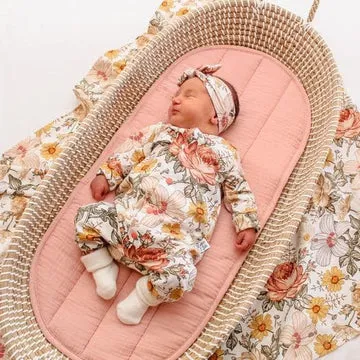
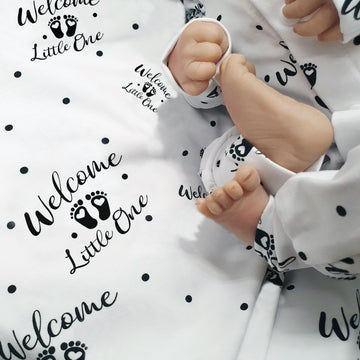

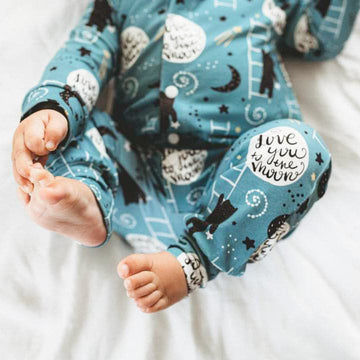
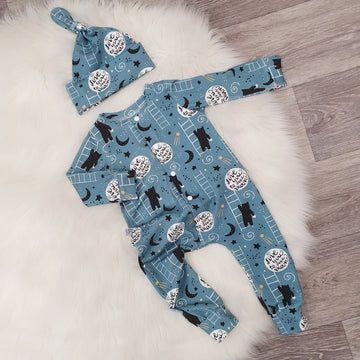
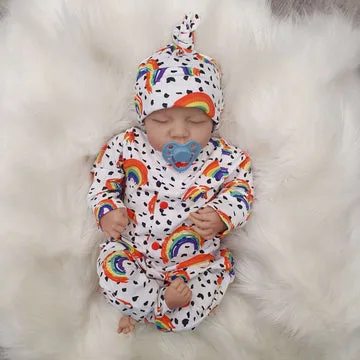
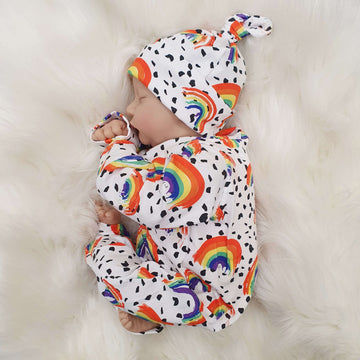

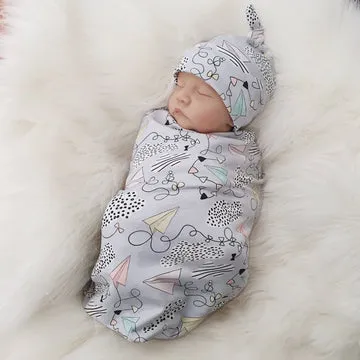
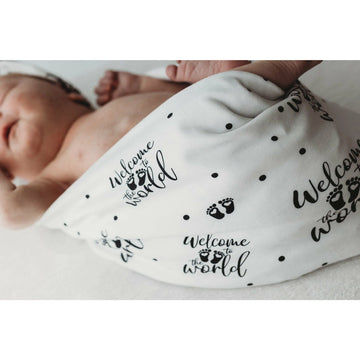
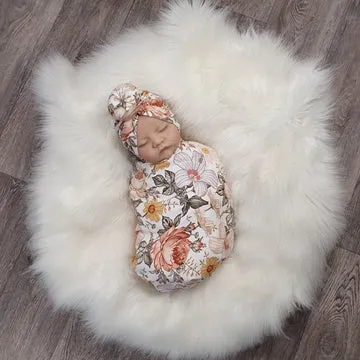
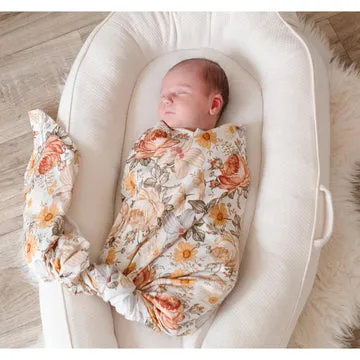
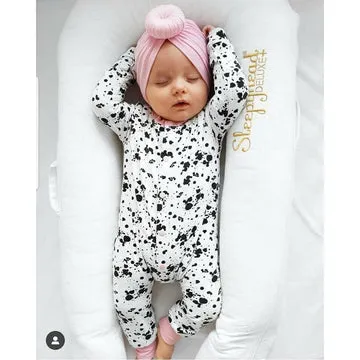

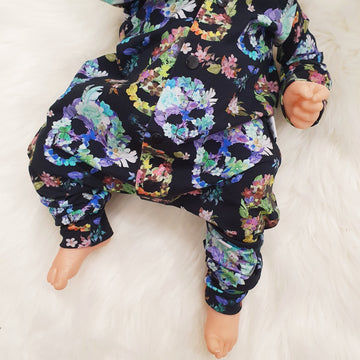
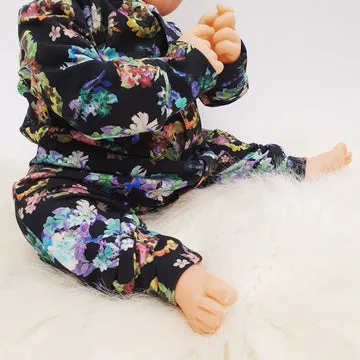
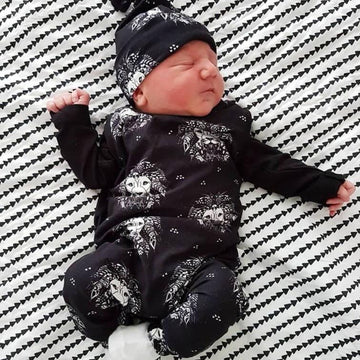
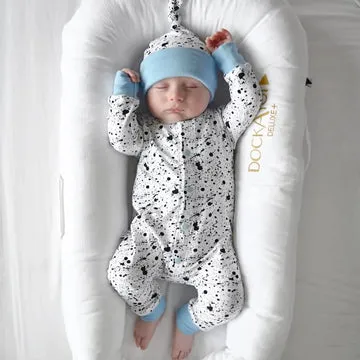
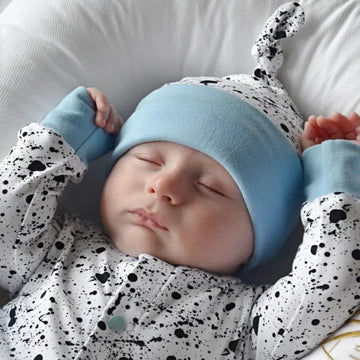

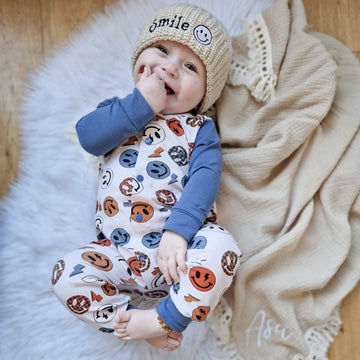
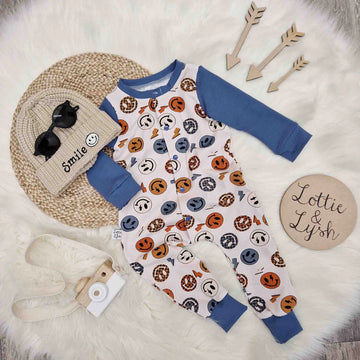
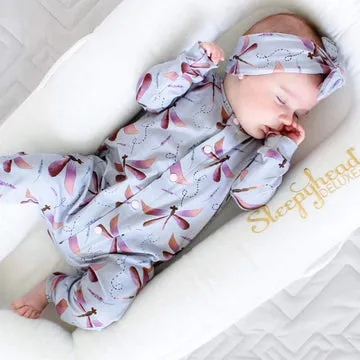
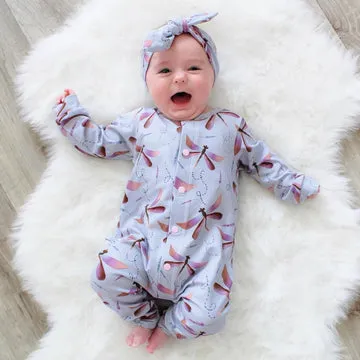
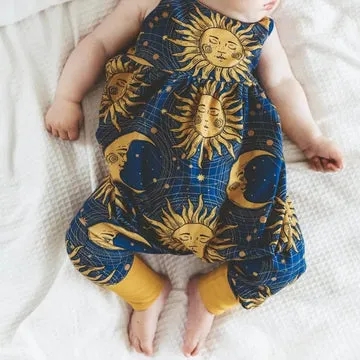
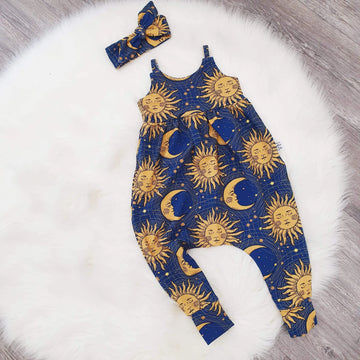

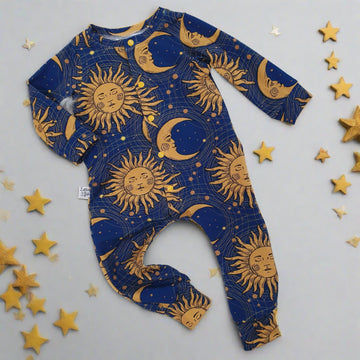
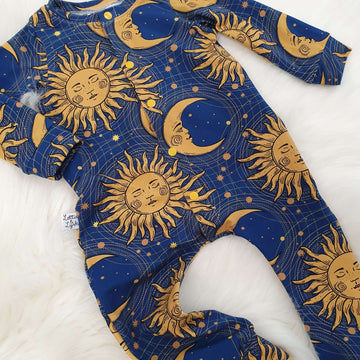
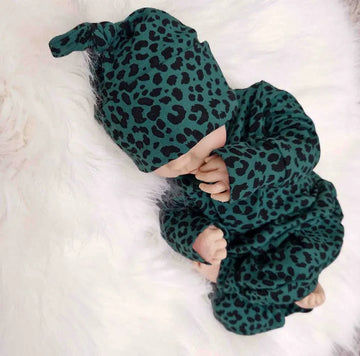
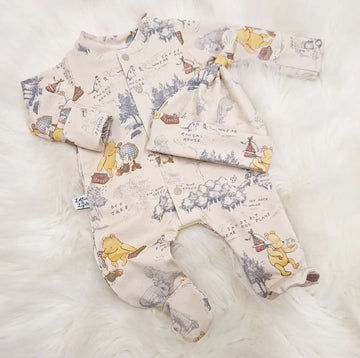
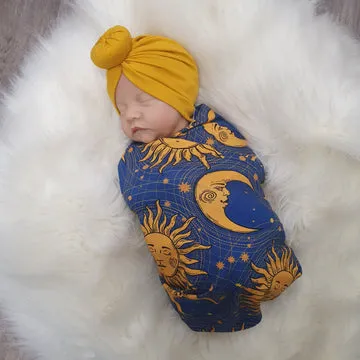
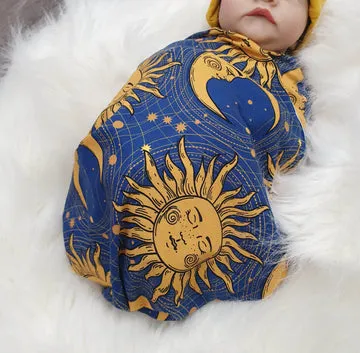
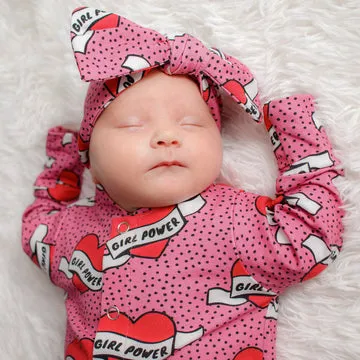
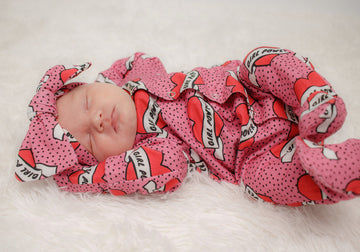
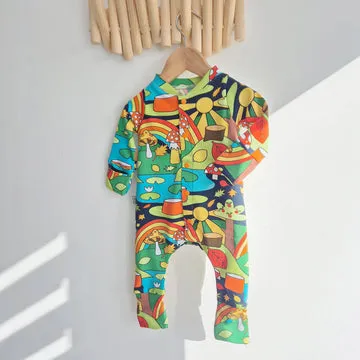
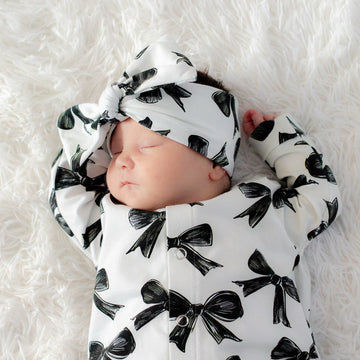
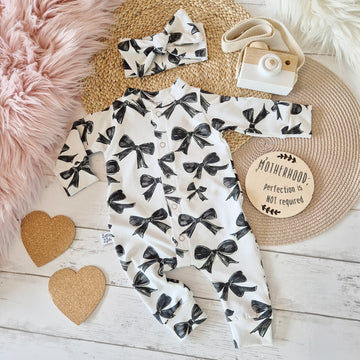
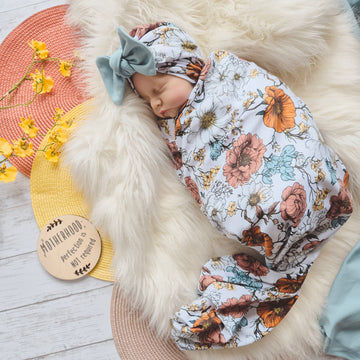
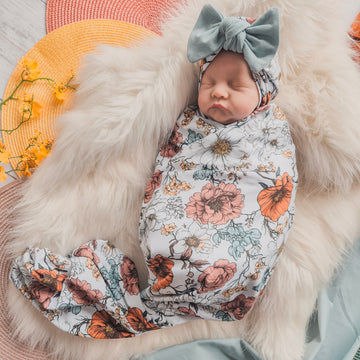



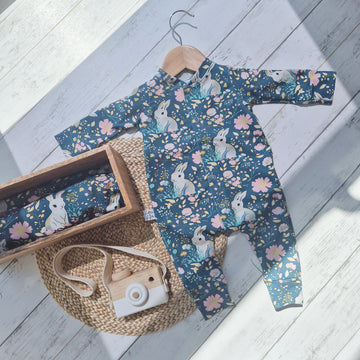
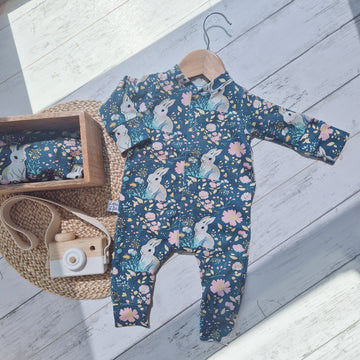
0 comments